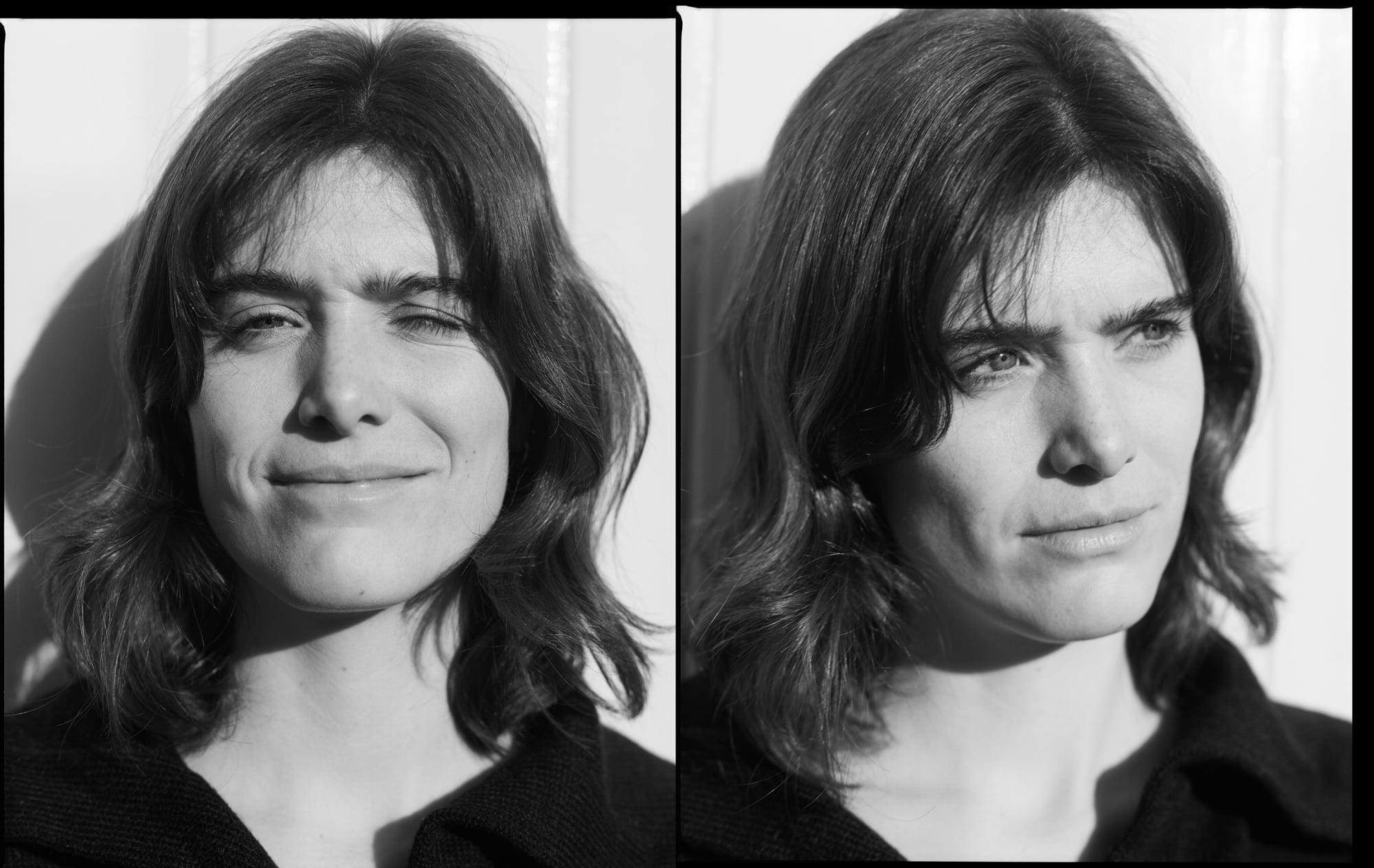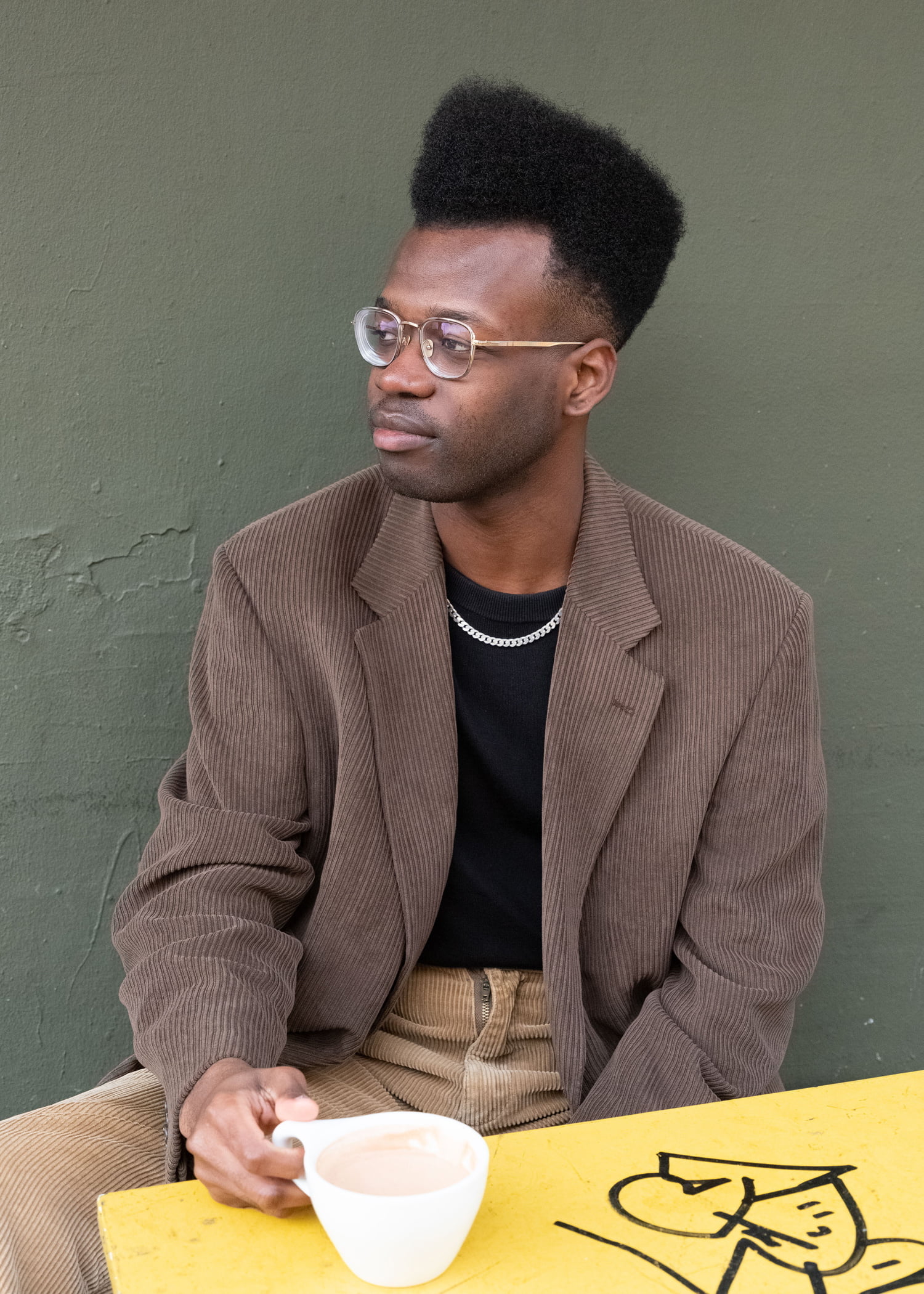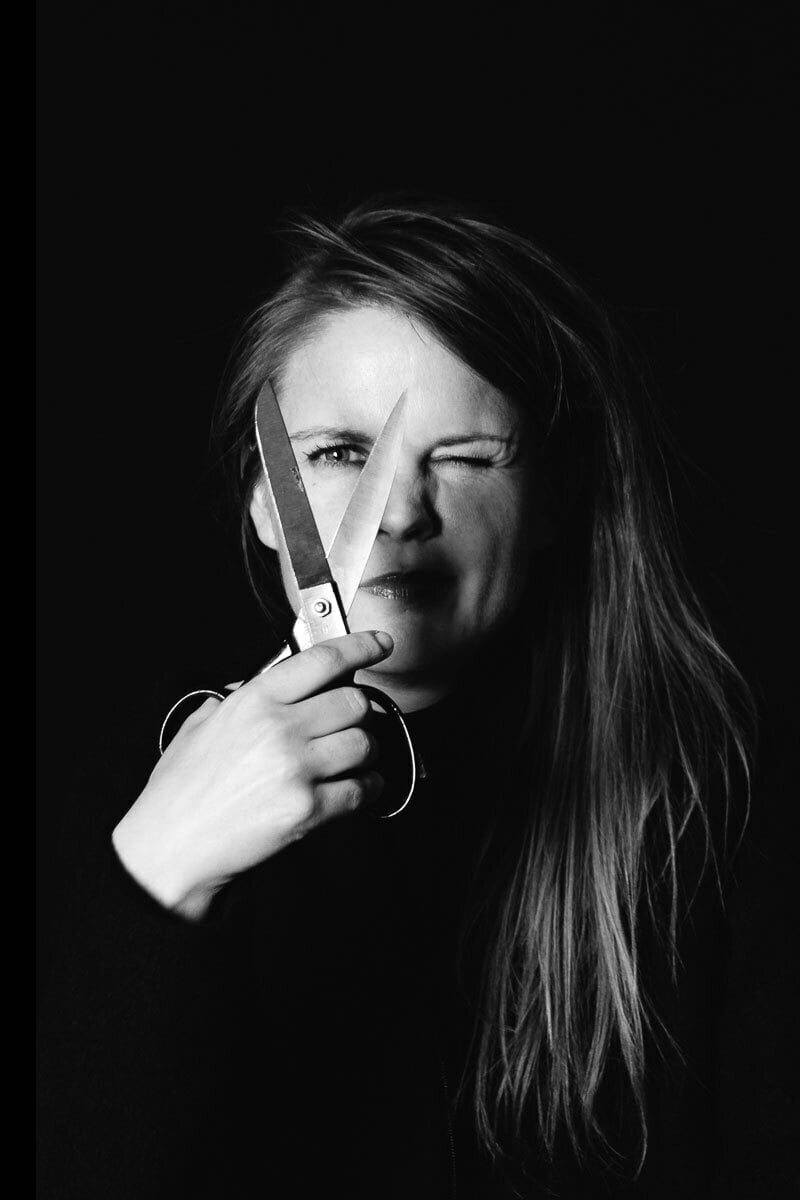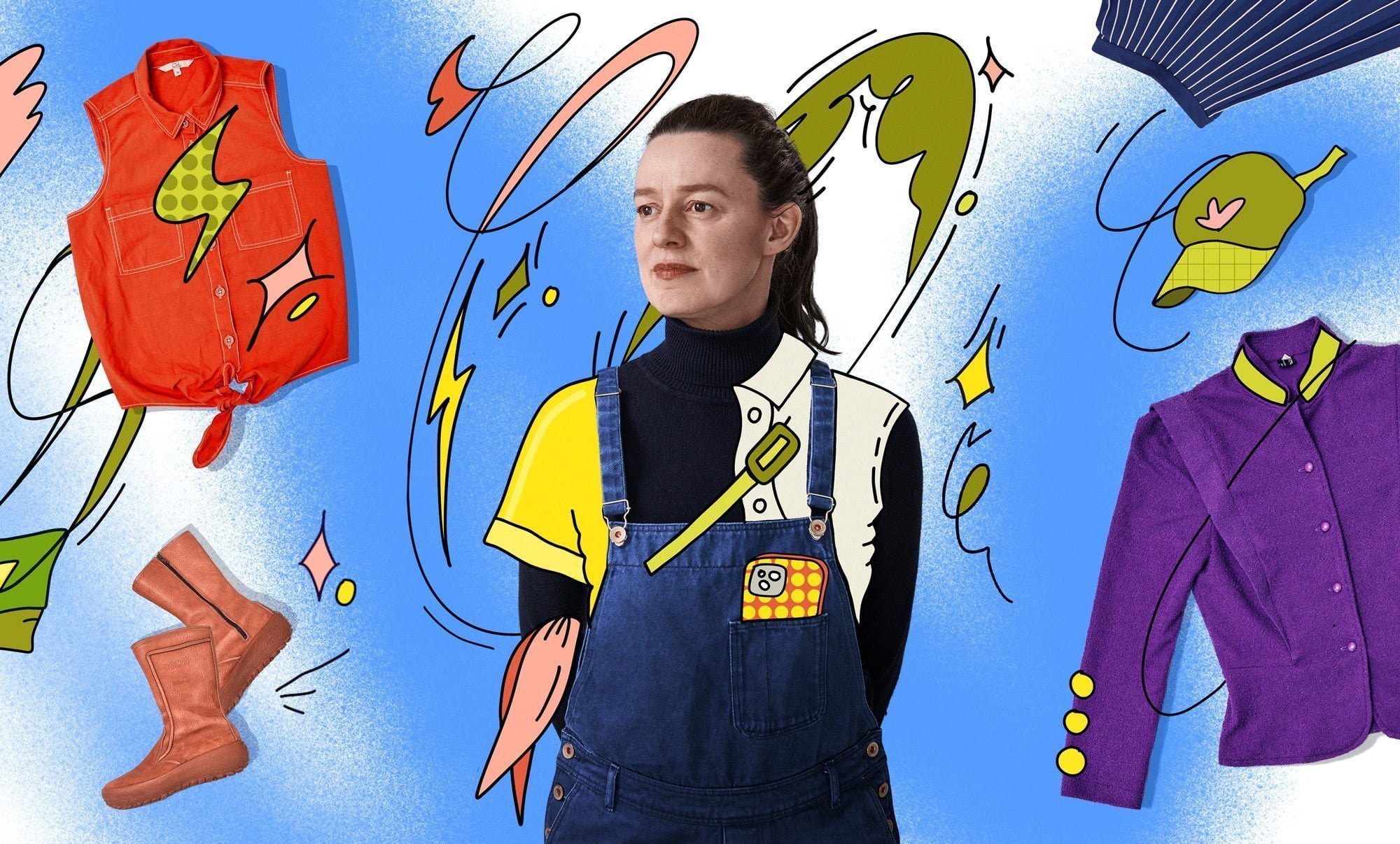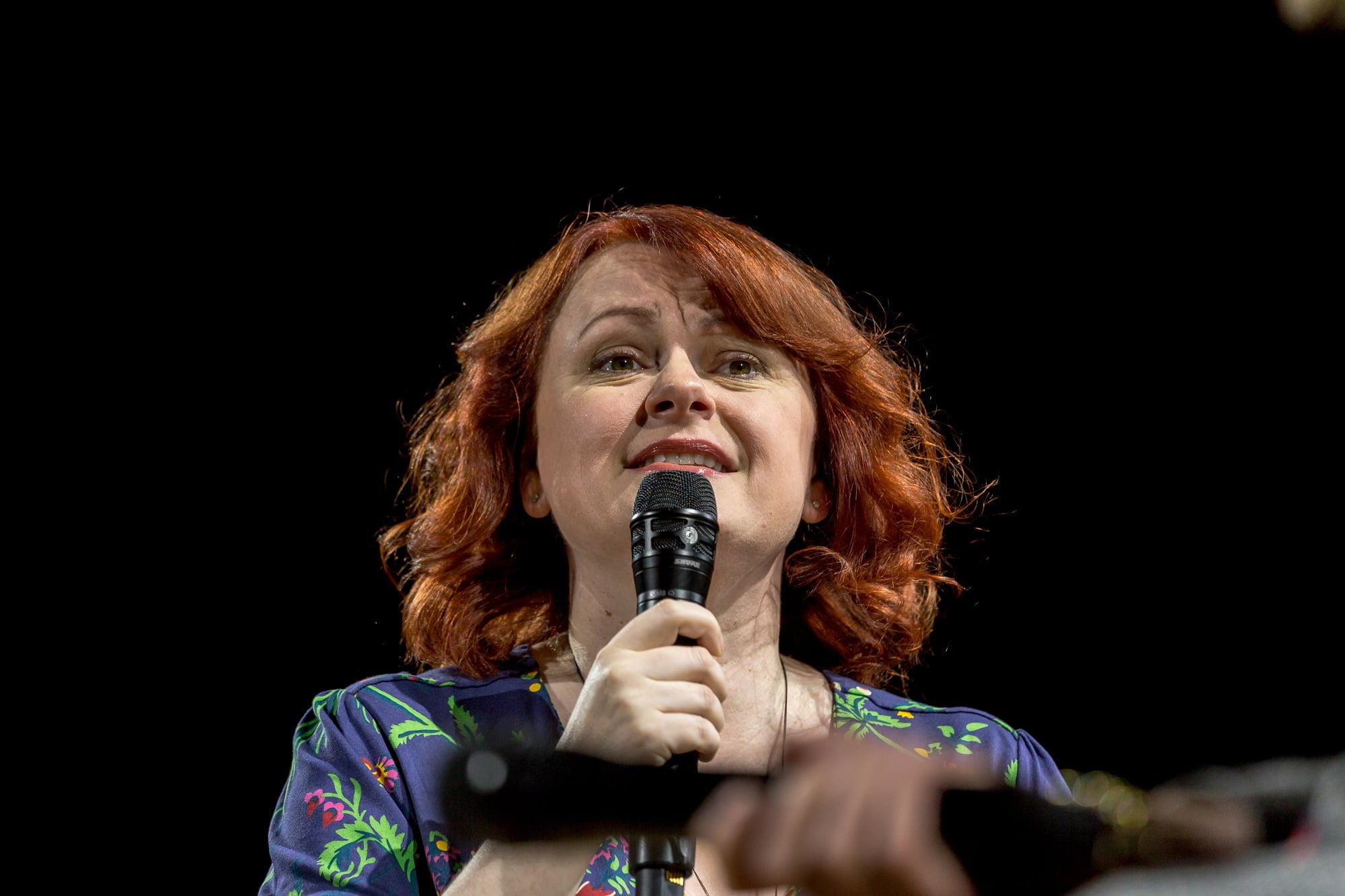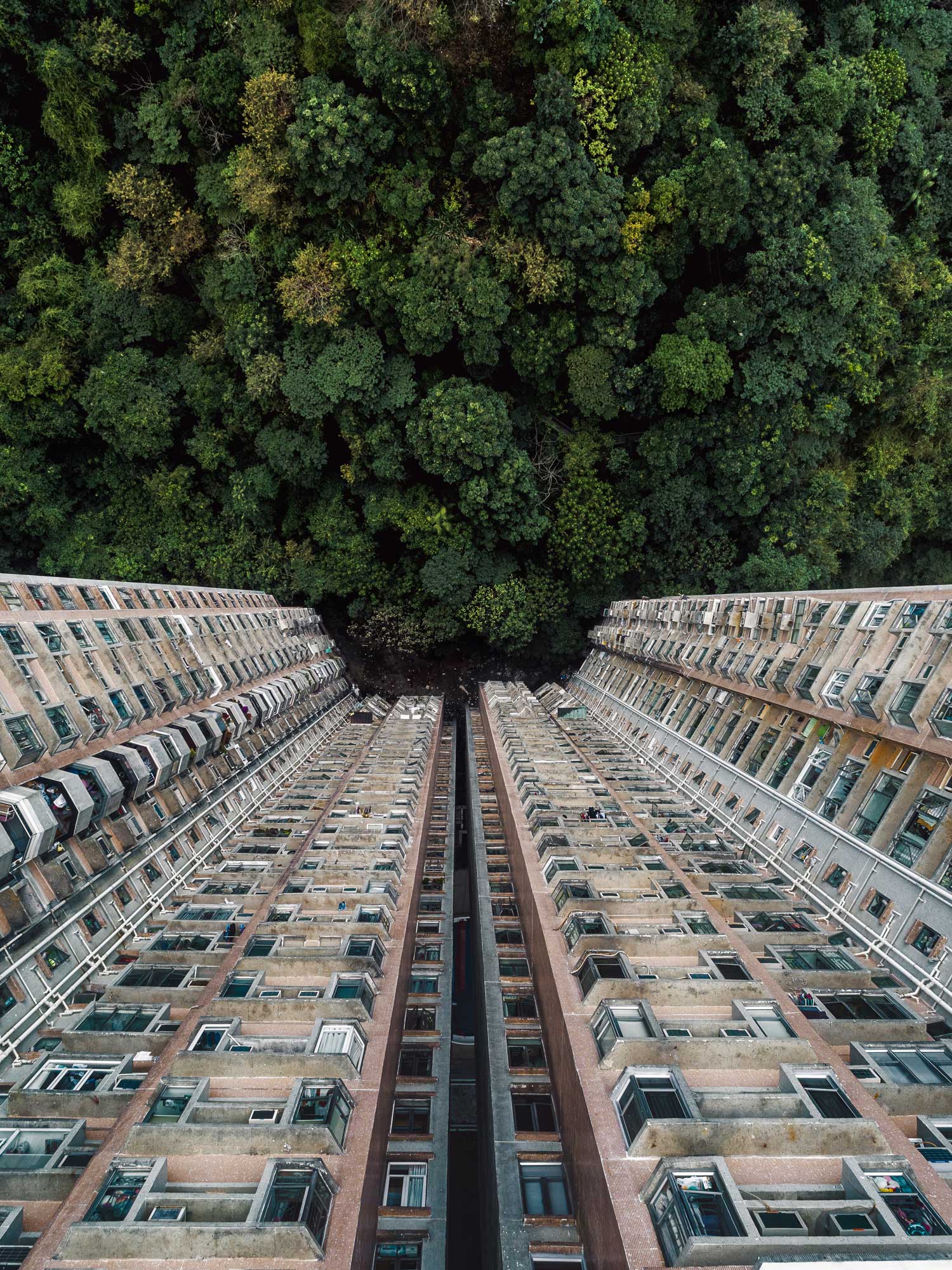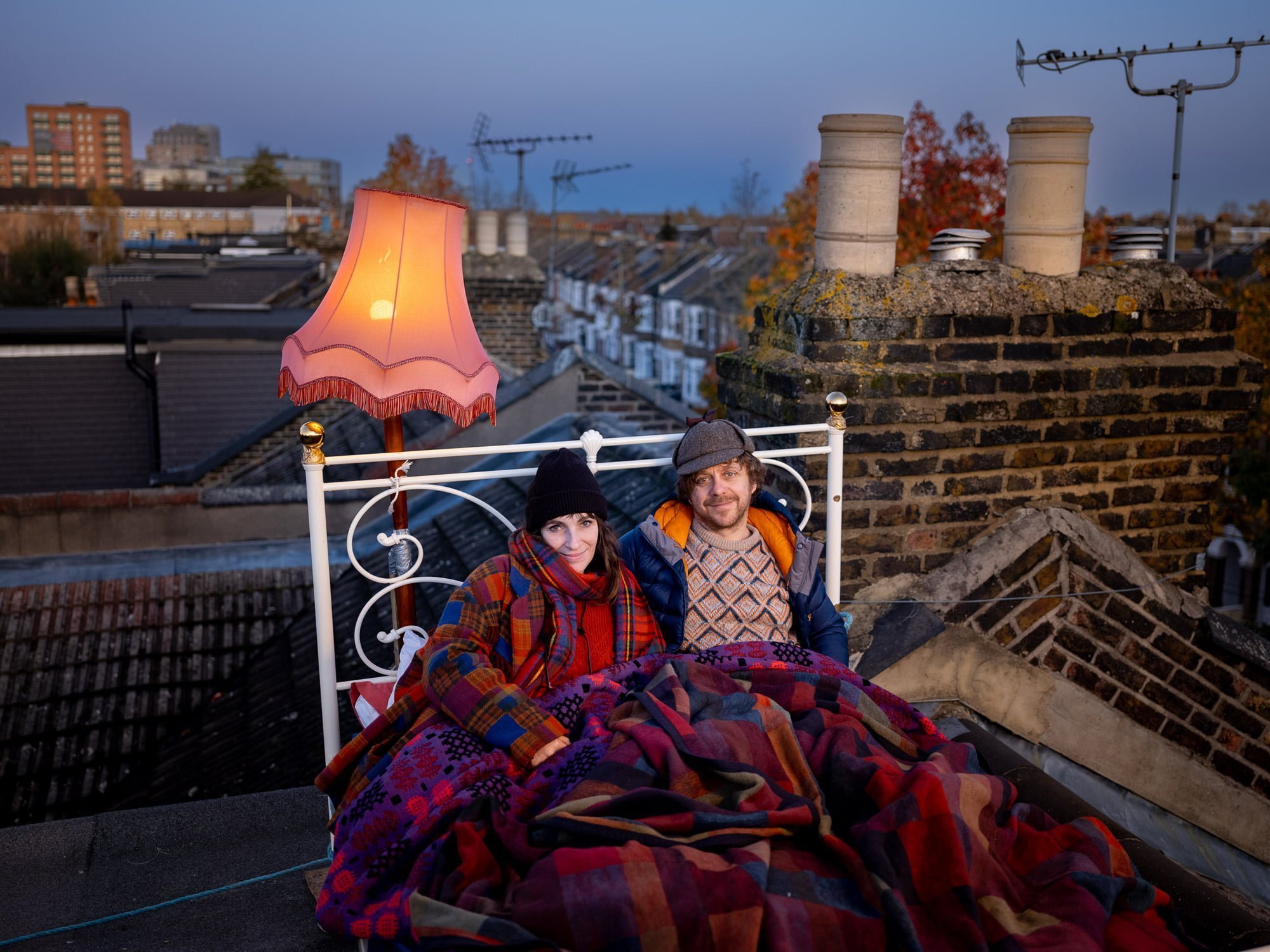Dutch top model Kiki Boreel was living the glam life, working for fashion’s biggest names. Until she realised that she no longer wanted people to buy what she was being paid to sell.
It’s a story many a young teen dreams of – becoming a top fashion model, strutting down Parisian catwalks, living it up in London and Milan, and being whisked away for photoshoots in exotic locations at the drop of a hat, bag, designer bikini or any other fashion ‘must-have’.
The dream was real for Dutch model Kiki Boreel. Scouted at the age of 14, in the space of just a few years, she was working with fashion’s biggest brands: Off-White, Chanel, Bulgari and Ralph Lauren. There was a Marie Claire cover and editorials for Vogue and Elle. “I was literally living that beautiful glamorous model life, travelling or abroad most of the time. It was very careless, very free,” Kiki says, smiling half-wistfully at the recollection.
Support Imagine5
We’re able to tell stories like this because of people like you. Join others from around the world in supporting Imagine5’s mission towards a sustainable future. Join today and receive our latest magazine for free.
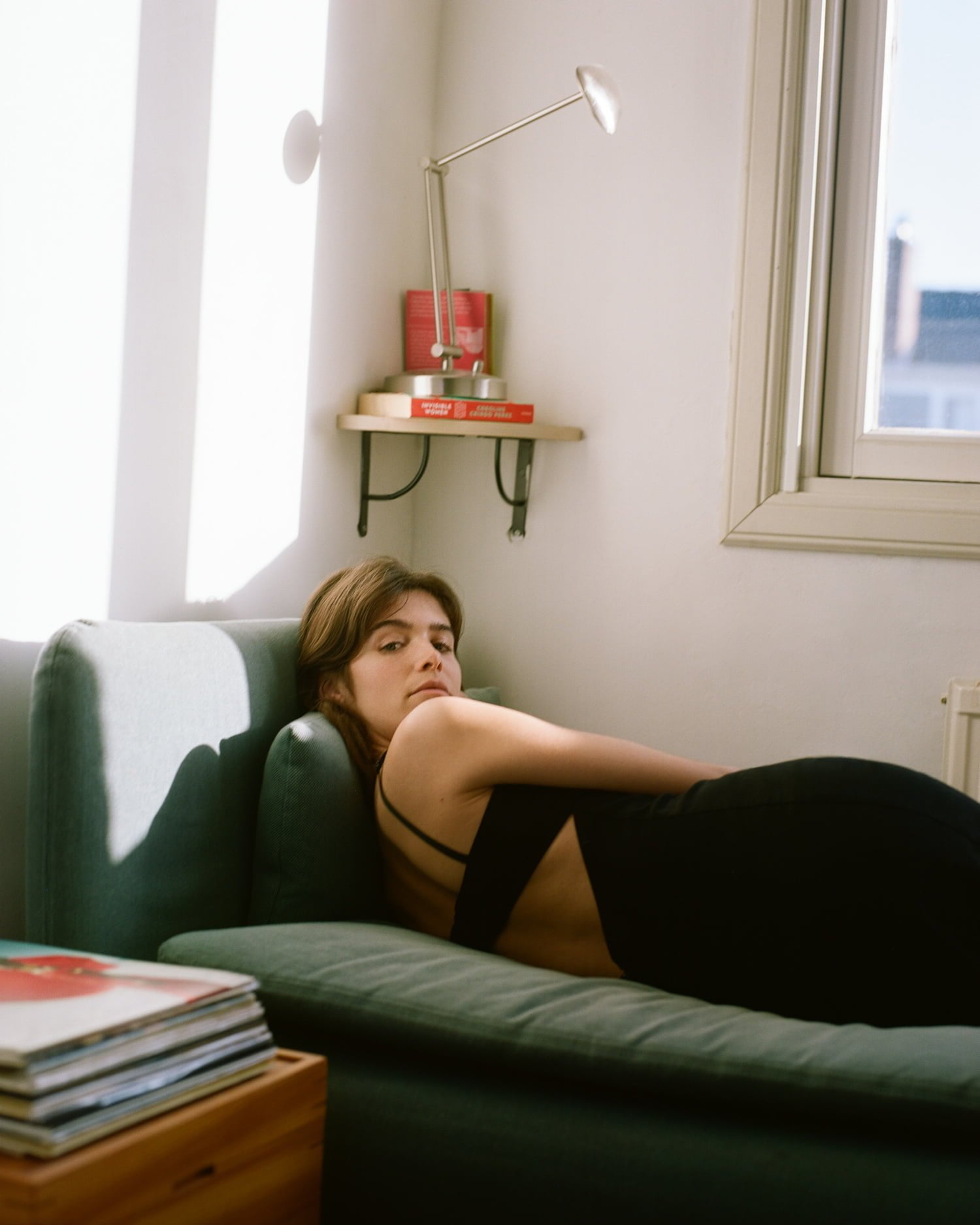
Call of conscience
It’s almost as if she’s describing someone else’s life. And in a way, she is, after making a conscious decision to turn her back on influential (and high-paying) industry clients. “I was asked for a new campaign and I thought yes, I can do that and then I almost started crying at the thought of having to shoot for that fast fashion brand. So I called my agent and told her I couldn’t do it.”
That was at the start of 2019. But it’s only been a year since Kiki has felt confident enough to go public with her decision. What sparked the change in mindset?
“It didn’t happen overnight,” she explains, describing a growing feeling of unease at what she was doing and her role in the whole – an industry she was increasingly questioning. “After a while it’s a bit empty,” she says. By this time she was also working for commercial megabrands like Mango and Zara, and doing e-commerce jobs for web shops. She saw at first hand how fast fashion was getting even faster. “When I started I would shoot 20 looks a day… that became 50 to 60 looks a day.”
“I started feeling like a machine. And behind the scenes, I noticed, nobody liked the clothes. The bad quality: you can see it and feel it. It got me thinking – I’m selling these things, but nobody should be buying them. I realised this is wrong, inspiring people to want things they don’t need.”
While that was happening at a personal level, she also was gaining an understanding of fashion’s footprint at a global, environmental level, with the industry estimated to be responsible for about 10% of global CO2e emissions, according to the UN. That’s more than aviation and shipping combined. On top of that, synthetic textiles such as polyester require up to 342 million barrels of oil every year.
The biggest eye-opener for her in terms of the impact of fast fashion on the planet? “There are industries that are just polluting in one way. But the fashion industry is polluting in every way possible,” she says. “It has a massive carbon footprint. It uses so much water, there’s chemical production, which pollutes water, there are human rights being abused and then there’s the waste problem, with clothes ending up in landfill. So in every way possible it’s very polluting.”

Then there are the microplastics, which form a separate threat to our surroundings, she explains. “If you look at your clothes, every synthetic fibre is made of plastics. A lot of fast fashion brands are using synthetic fibres to produce very cheap clothes. But everywhere you go you leave a trail of microplastics, even in the air you breathe.” Microplastics are also being shed into our waterways, every time we wash our clothes. She quotes research indicating 35% of every new microplastic in the ocean comes from the fashion industry.
Having seen the way the industry works from the inside, with its vast marketing spends, she also understands why we end up wanting and buying ever more. The seduction is structural. “We buy a lot because clothes are made so cheaply and you have constant advertisements of sales and ‘buy one get one free promos.”
“A model is still something a lot of young girls aspire to be, but I’m like an anti-fashion model”
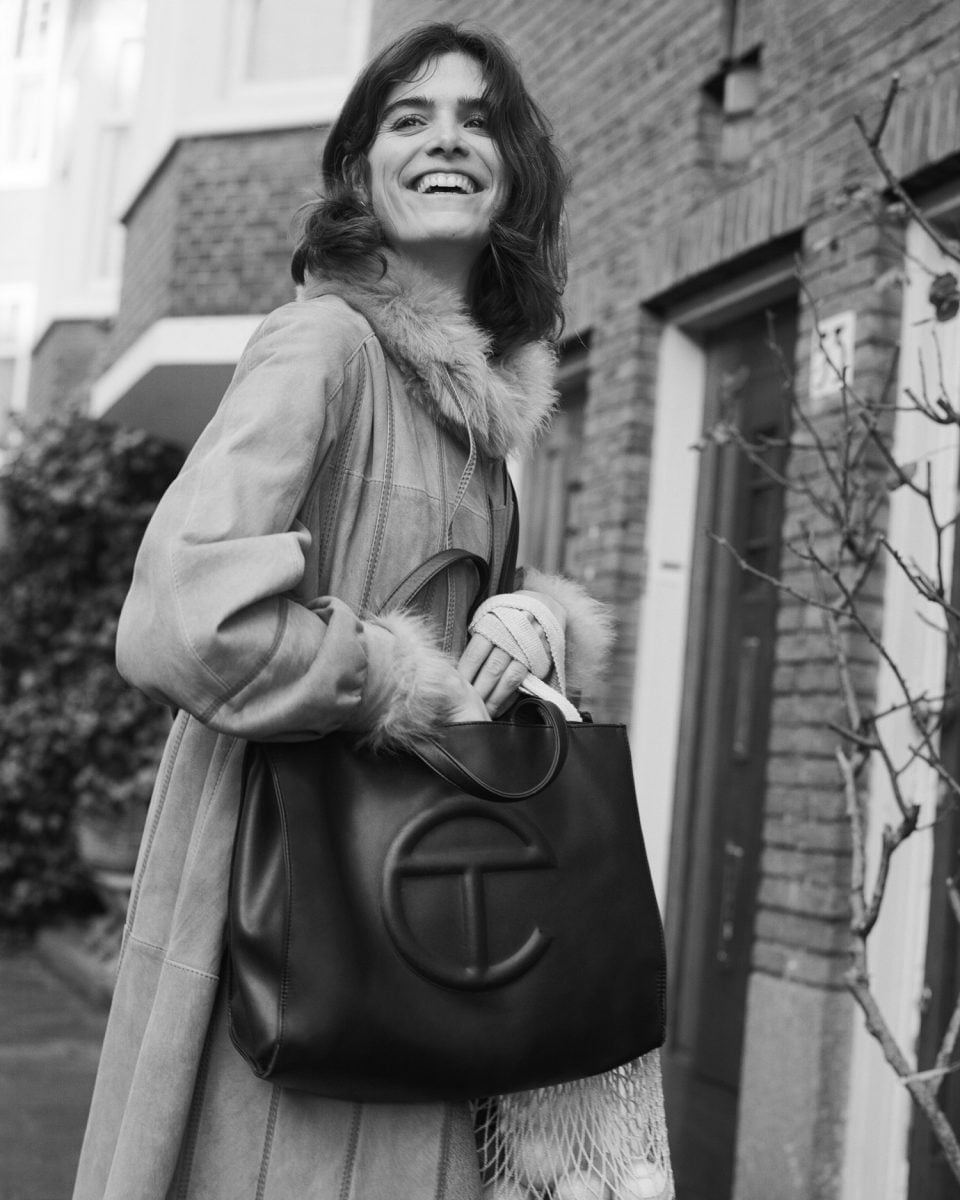
From fashion model to role model
She wants the future to look different and is committed to making an active contribution. As well as working towards a Bachelor’s degree in Future Planet Studies, she has also been appointed Climate Ambassador of the Future by the Dutch Ministry of Economic Affairs and Climate.
It’s a position that has seen her grow from fashion model to role model, as she travels the country, giving talks and raising awareness, keen to share her story about the impact of the fashion industry on the environment.
She especially loves visiting schools. “A model is still something a lot of young girls aspire to be, but I go in and tell them that fast fashion sucks! I’m like the anti-fashion model. But because people still look at that model life as being super glamorous they look up to you. So they listen to you more easily than they would to their science teacher.” She’s surprised by the number of people still coming up to her after a talk, telling her that they “had no idea” about the effect of fashion on the planet.

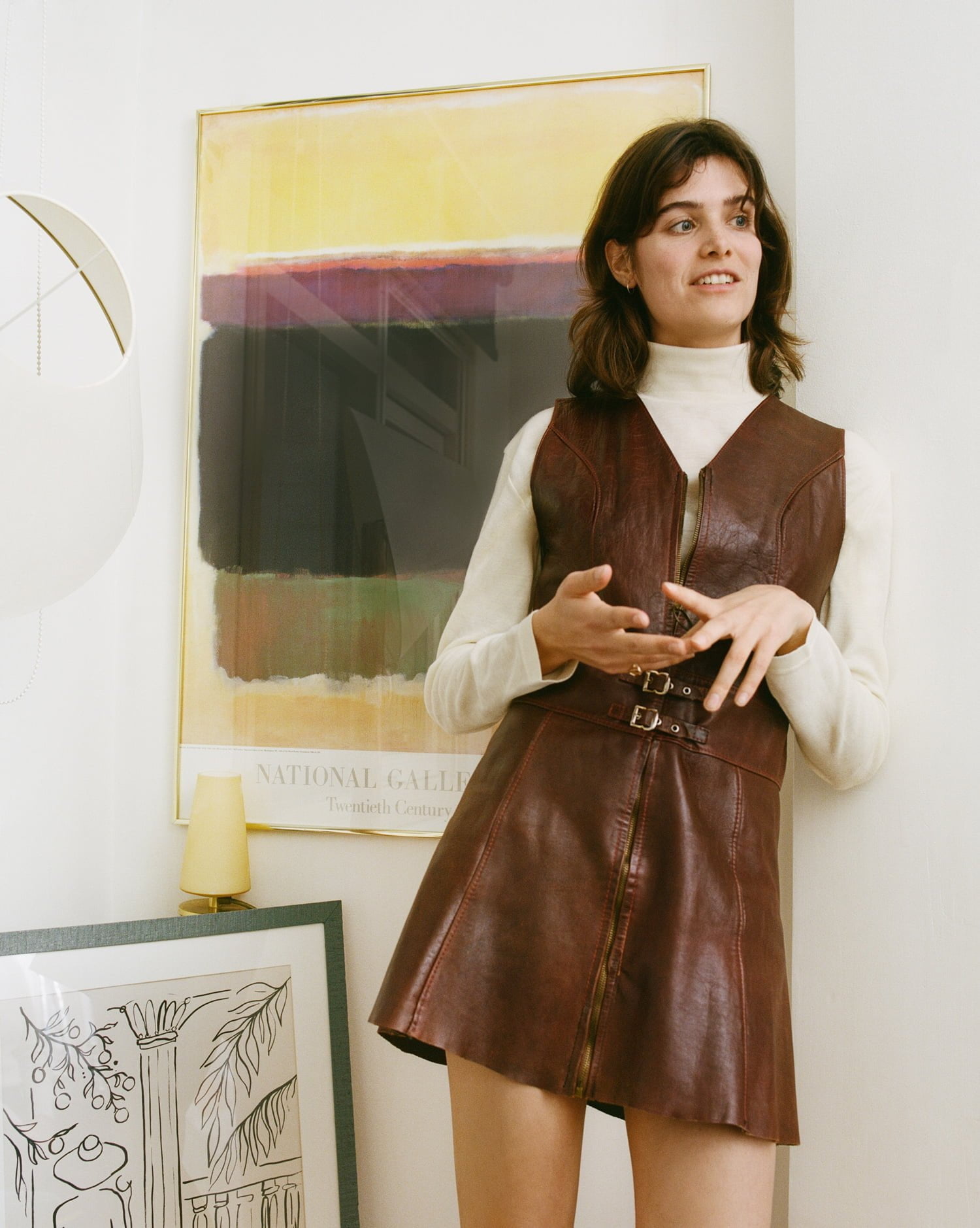
Social media is proving a powerful way to share her message – a recent video Kiki posted about Chinese fast-fashion behemoth Shein on TikTok got almost 100,000 views. “People were going mental in the comments,” she says, explaining how on one hand people couldn’t believe why you’d buy from such a notoriously bad brand, while others were saying that they just want to buy cheap clothes and don’t care about the rest.
But what about the fashion industry itself? Is she seeing any improvements? “There’s a moment of change, a kind of momentum,” she says. “In a recent issue of Vogue they say that the most sustainable clothes are the ones in your closet. That’s something they would not have said three years ago.”
New, smaller brands are also emerging, showing that making clothing doesn’t have to come at the expense of the environment or workers’ rights. These are brands that Kiki loves supporting and any modelling she still does these days is solely for brands that take sustainability seriously.
A softer activism
For her, it’s about changing the mainstream mindset. “I think people listen to their friends and what the norm is. So there’s a big responsibility for all of us to influence our close circles. Then the ripple effect will reach more and more circles.” At the same time she recognises the need for policy and systems change. The two complement each other, she believes. “Activists glueing themselves to paintings gets us talking about the climate. And now these activists are being invited to talk shows so that’s really good because they really get the attention. But you also need softer activism… even just asking if there’s a vegetarian option at a party. You need this in as many places as possible. So I don’t think there’s one way.”
And then, hoisting herself into a well-worn denim jacket, she explains that she has to get back to her new calling: science. There’s soil to study. She has her sights set on a Master’s in international land and water management, but will keep sharing her story. People have more power than they think. “You have multiple choices every day and it feels really good to choose the more sustainable one because you’re building towards a greener future.”

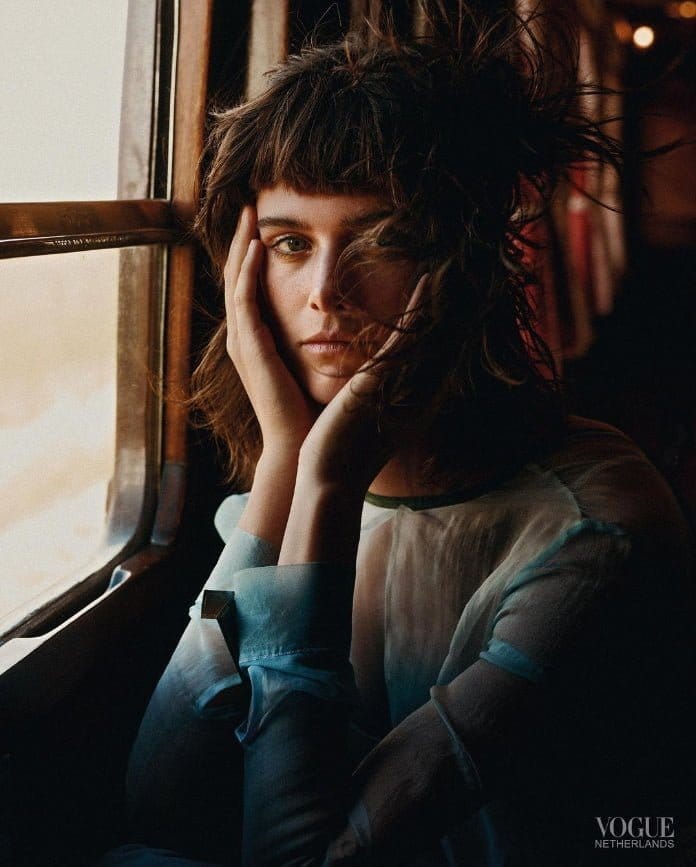
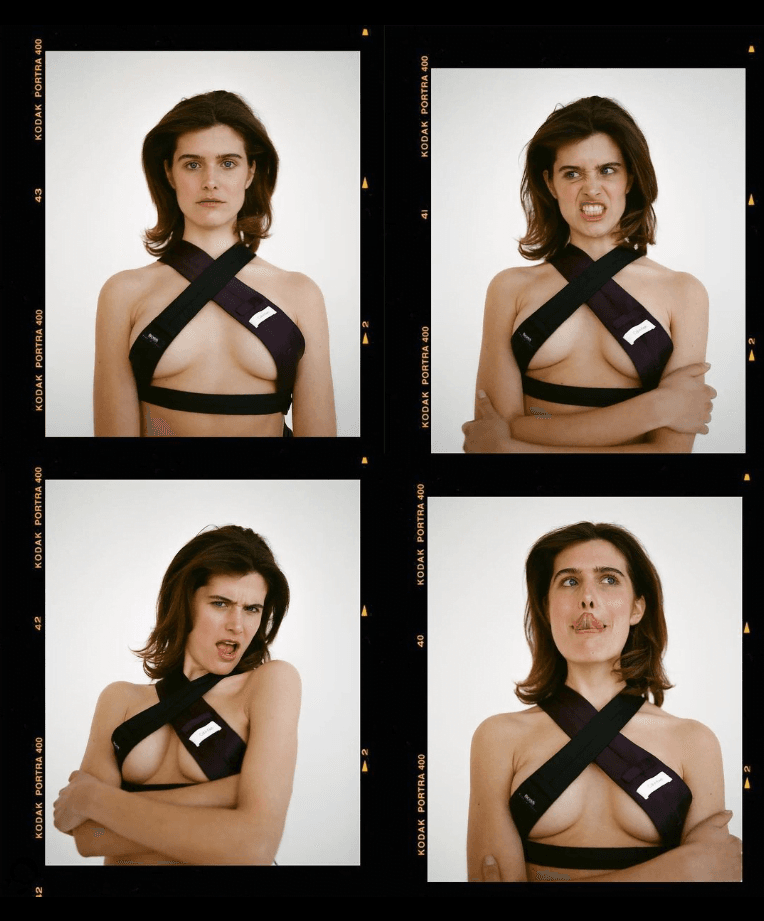

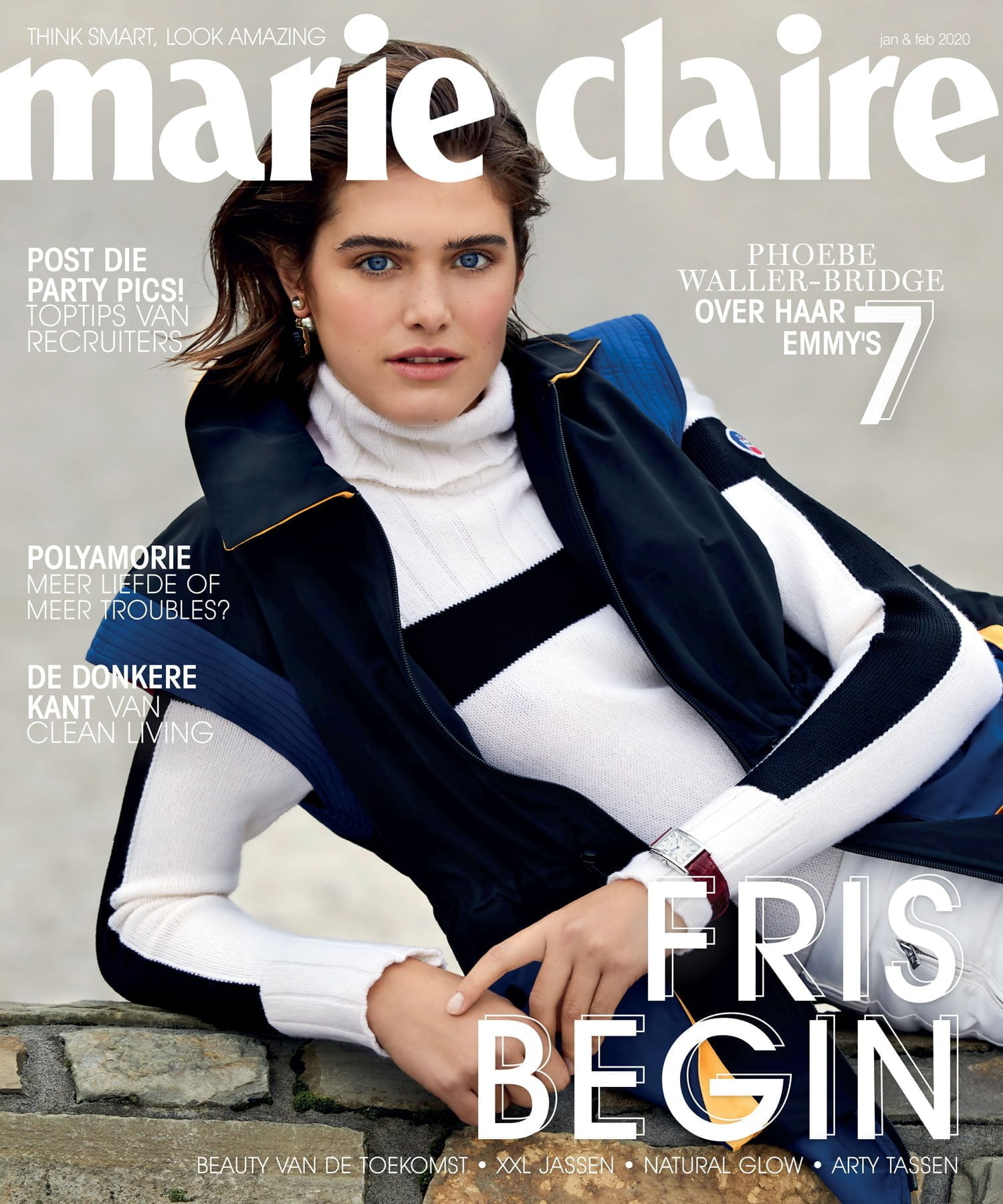





Kiki’s fashion-forward tips for the planet
- Look in your own closet – that’s the most sustainable thing you can do. Then look in your mom’s, your brother’s, your sister’s, your friend’s – see if you can borrow something.
- Swap clothing with others around you, find a local swap event, or organise your own.
- Reduce the amount of clothes you buy. If you buy, buy vintage.
- Rent outfits. It saves money and beautiful more sustainable clothes can be pricey.
- Choose natural fibres, such as linen or hemp, preferably recycled.
- Invest in a couple of basic pieces that you can then style with the rest.
We’re able to tell stories like this because of people like you. Join others from around the world in supporting Imagine5’s mission towards a sustainable future. Become a member, or donate what you can. Find out more here here
